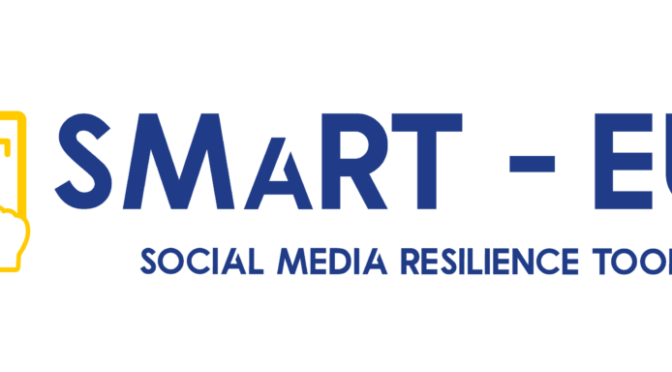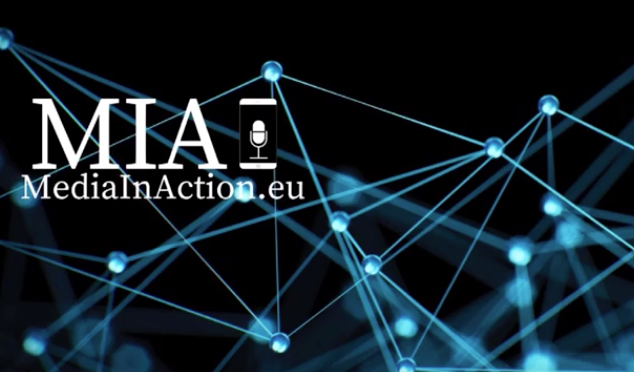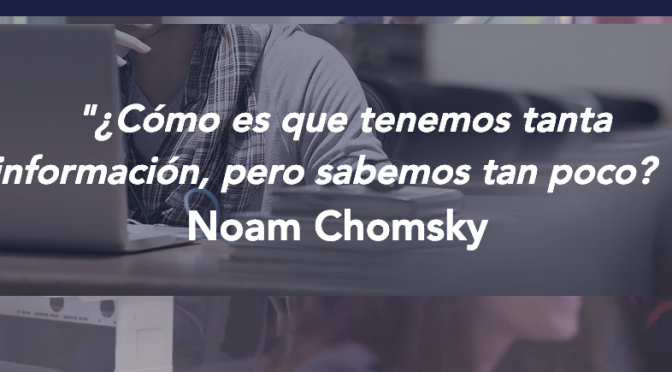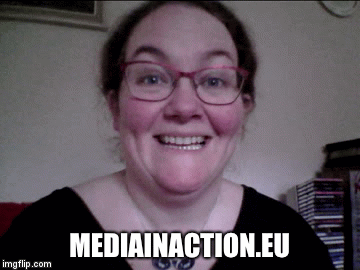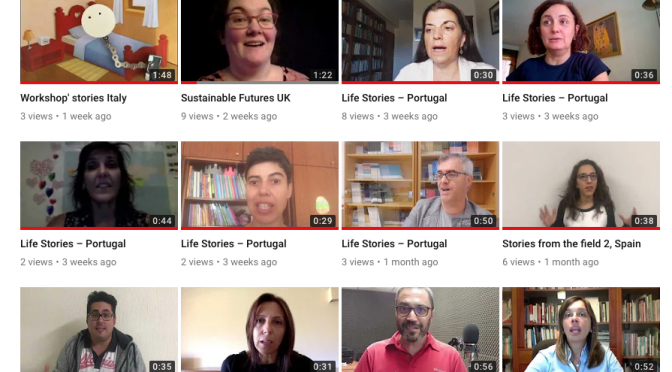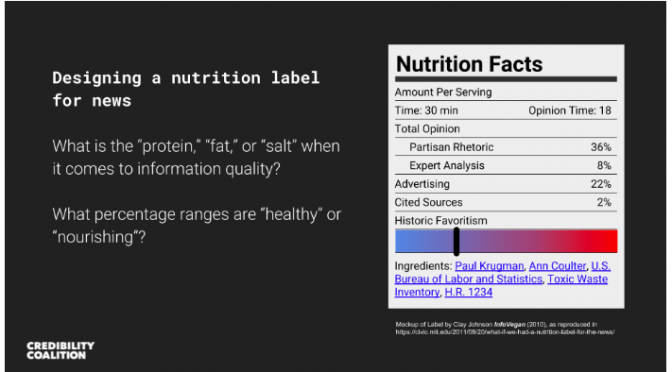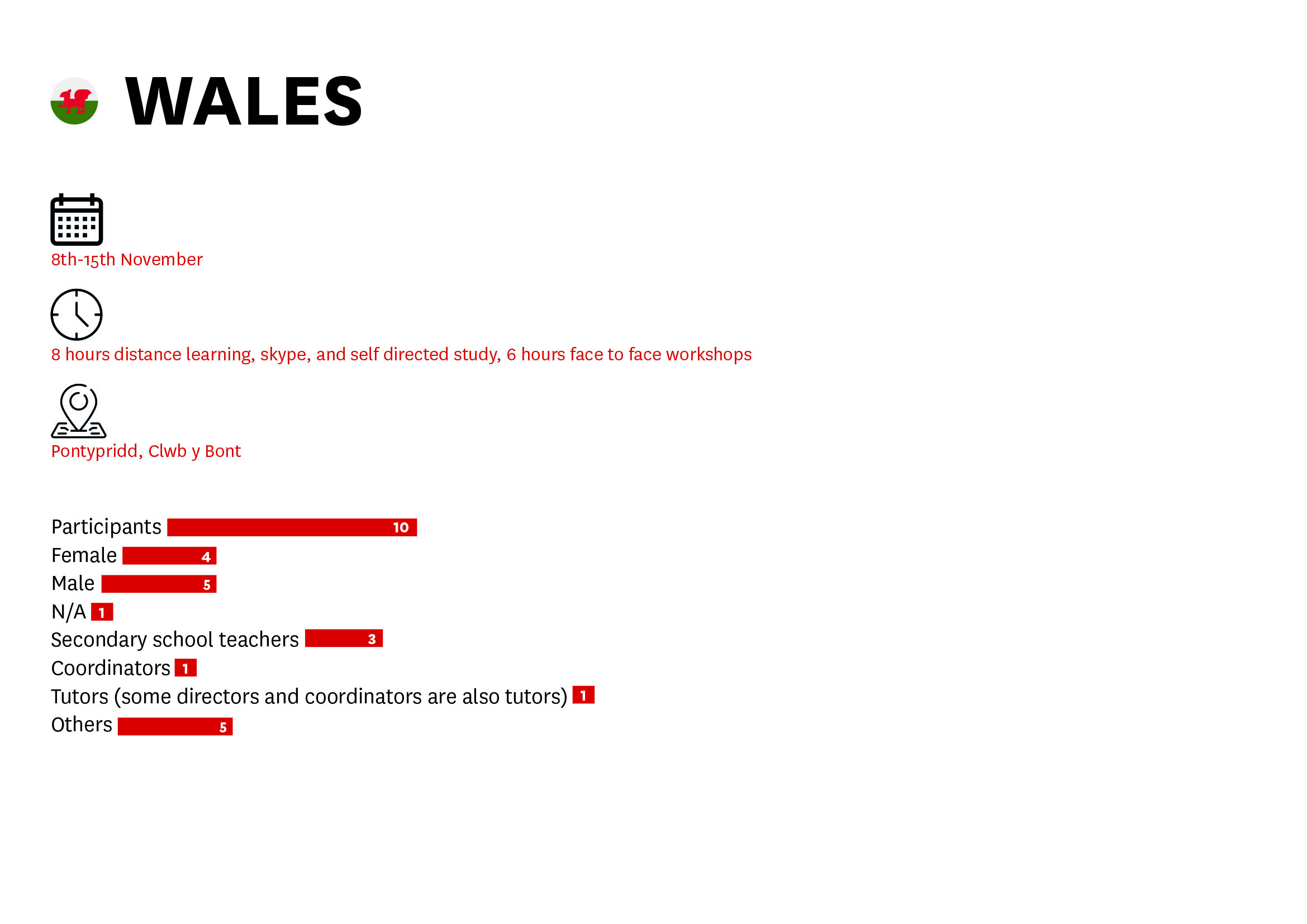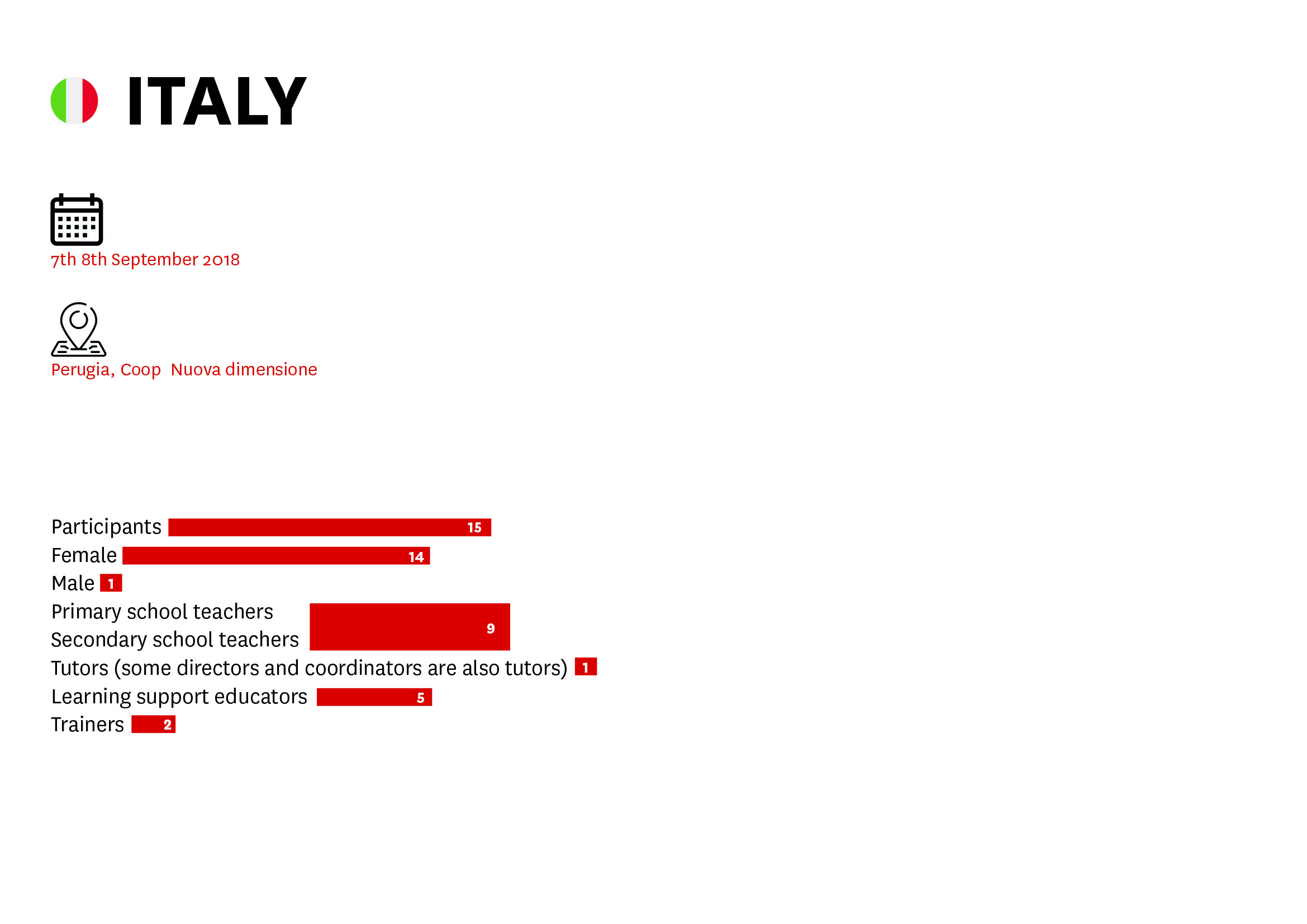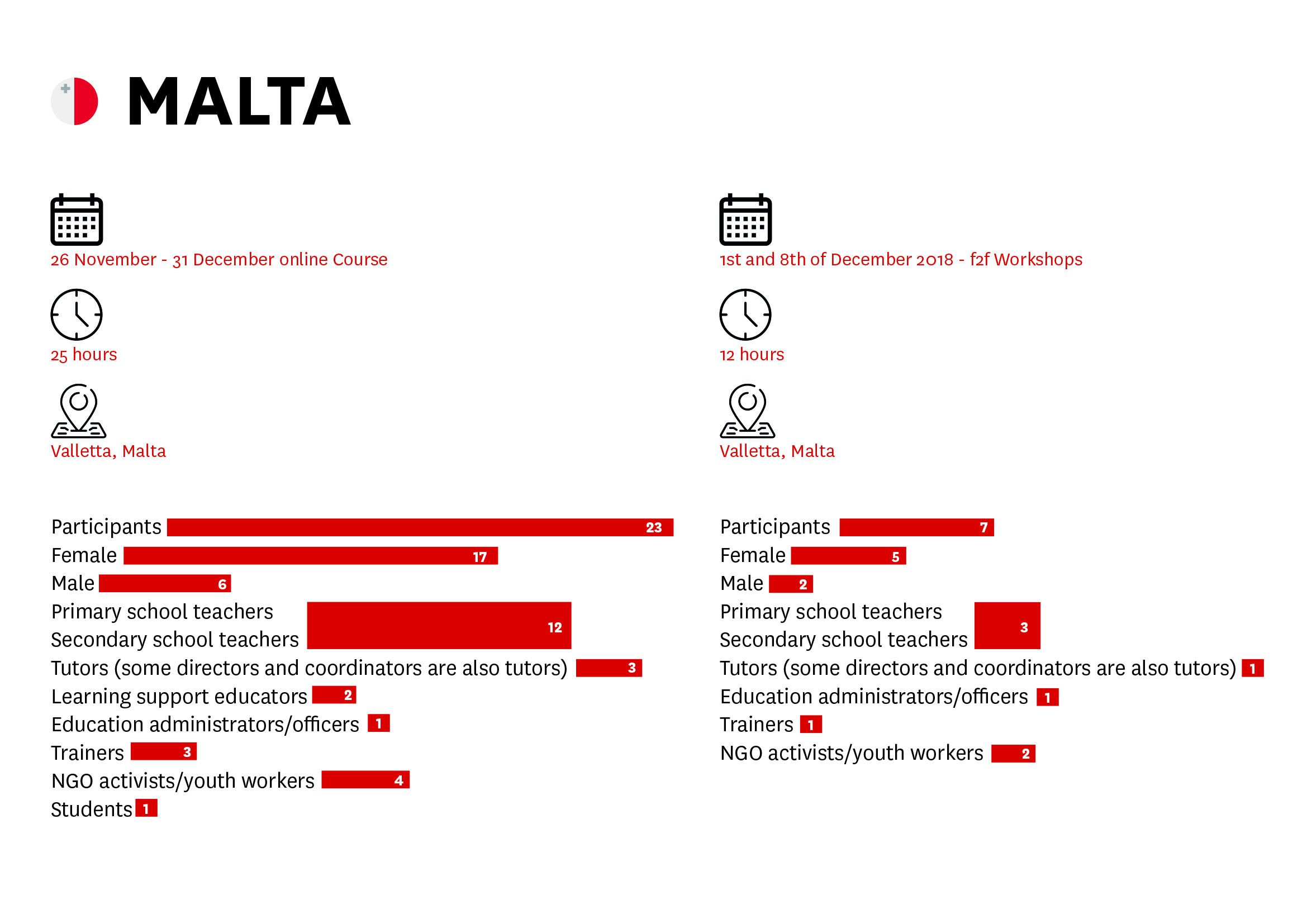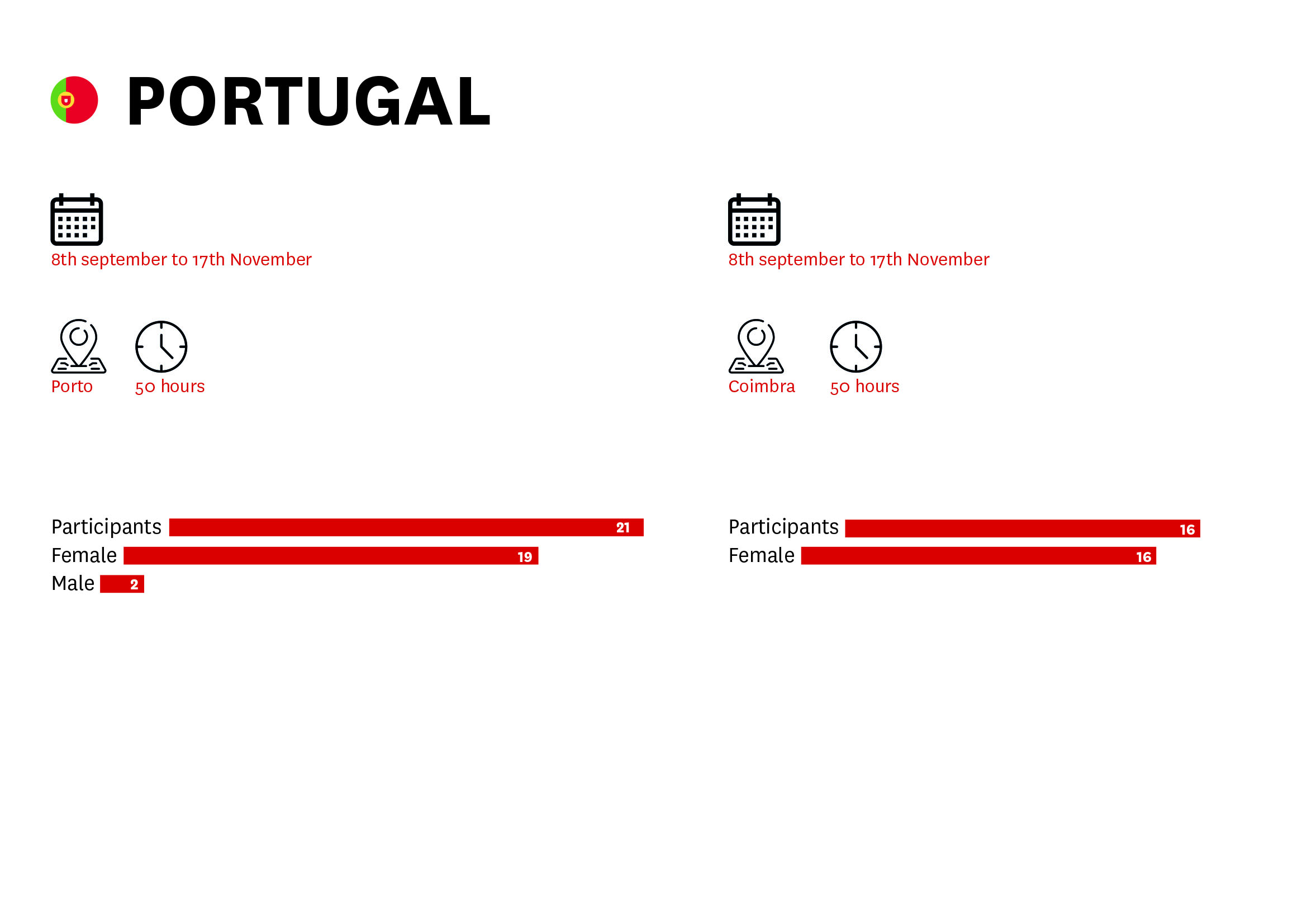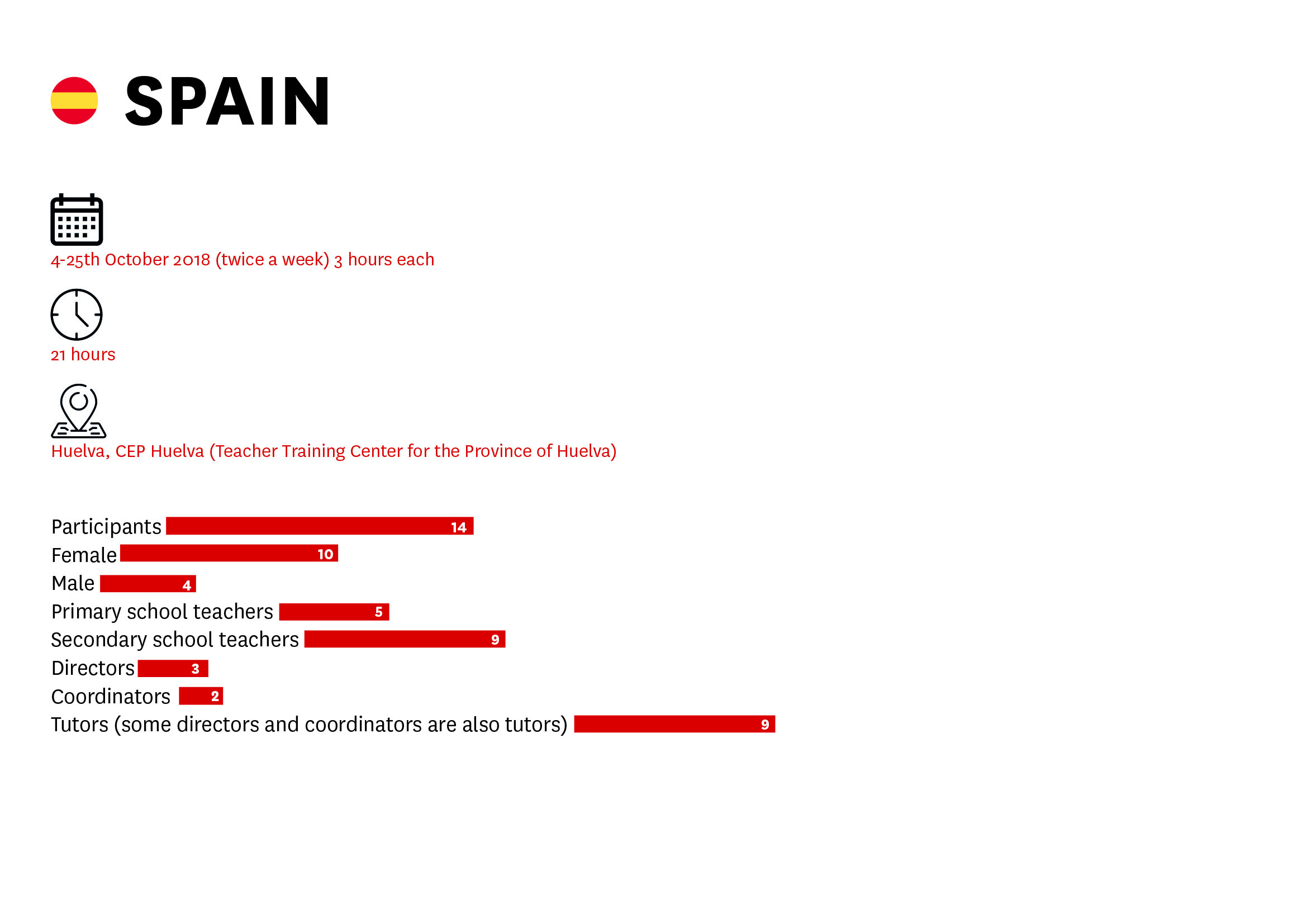Former partners from MIA, Mind over Media and other great media literacy initiatives have teamed up to produce a Social Media Resilience Toolkit. SMaRT-EU is an intergenerational project lead by COFAC providing tools, suggestions and resources to train young people, older people and also the intermediaries and educators who work with them.
The tools will provide support in:
-
how to read media – particularly social media;
-
how to navigate with critical consciousness in the saturated and instantaneous informational social media environment;
-
How to use digital media for civic engagement.
SMaRT-EU will work across these two generations and across five European countries (Portugal, Spain, Croatia, Belgium, and Estonia) and seven languages (English, Portuguese, Spanish, Croatian, Dutch, Estonian and French) to develop media literacy as a form of resilience against fake news and disinformation.
In order to do this the project will produce the following outputs:
- Tools for social media resilience;
- Participative activities with local intergenerational community groups;
- Online platform;
- Blended-learning activities and reflection;
- “YouTube news” video resource.
For more info head to http://smart-toolkit.eu
